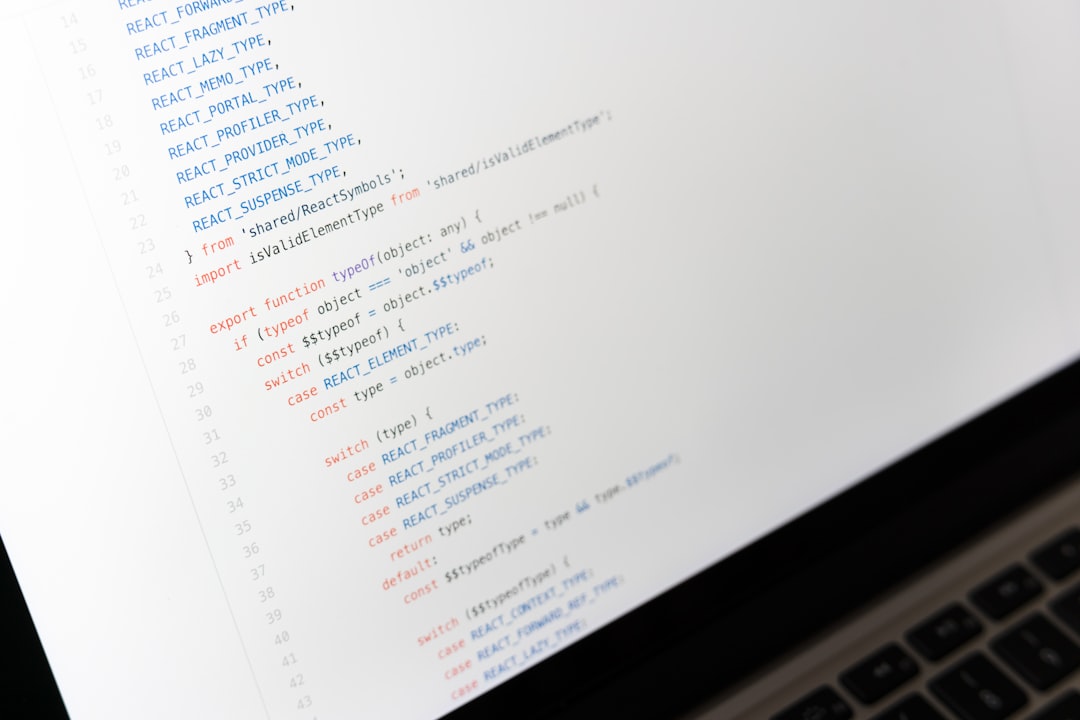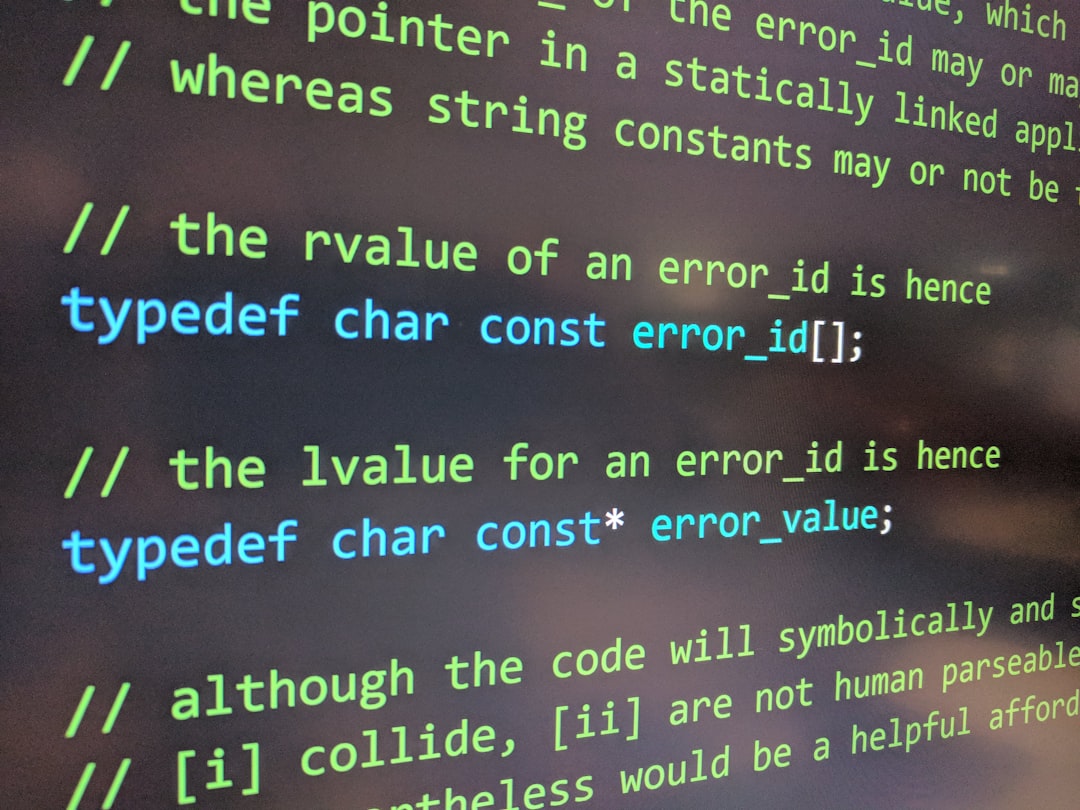Shopify is one of the most trusted eCommerce platforms in the world, powering over 4 million merchants across industries. In an ecosystem so dependent on speed, UX, and seamless checkout, even small script issues can result in significant revenue losses. This article explores a specific problem caused by the Privy popup script on Shopify stores and the performance strategy that helped fix it—ultimately restoring revenue and improving customer experience.
TLDR:
Privy’s popup script, when not optimized, introduced delays in Shopify checkout flows by blocking essential buyer-related navigation. Scripts loaded synchronously disrupted the rendering of critical page elements, especially on lower-powered devices or mobile networks. A solution using script deferment combined with load prioritization was applied to decouple non-critical functionality from the main thread. As a result, checkout speed improved, friction disappeared, and abandoned cart rates dropped significantly.
Background: What is Privy and Why It Matters?
Privy is a popular marketing pop-up and email capture tool used by thousands of Shopify sellers to engage users, grow email lists, and offer timely discounts. Features like exit-intent popups, timed offers, and embedded forms make it a handy utility for eCommerce stores wanting to boost conversion rates.
However, these tools come at a cost—especially when their scripts are not loaded properly.
The Problem: Checkout Flow Disruption
Shopify’s environment is optimized for fast transactions. The checkout process is particularly sensitive to external interference. Merchants began reporting unusual behavior around late 2023—customers were getting stuck at certain steps in the checkout process. In some cases, product pages were slow to load, or navigation to the checkout took several extra seconds. The common denominator across many of these stores? The Privy popup script was loading synchronously.
Here’s what was happening:
- Privy’s core JavaScript would load before or alongside other critical assets
- This blocked the rendering of key components needed for navigation and checkout rendering
- Mobile devices, with limited processing power, were disproportionately affected
- Page load times increased by 2 to 5 seconds in observed cases
- Privy’s popups were functioning correctly—but they were getting in the way of actual purchases
Imagine a promotional banner costing you the sale it’s supposed to help secure. That’s exactly what some stores were facing when customers would quit the experience mid-checkout due to lag or unexpected behavior.
Diagnosing the Script Conflicts
Technical teams leaned into network waterfall reports and Lighthouse performance audits to pinpoint the issue. Here’s what was uncovered:
- Privy scripts loaded in the head or near the top of the body section
- No
deferorasyncattributes were applied - Priority was given to engagement tools (popups, modals, overlays) over transactional flow
Below is an example of a problematic script inclusion:
<script src="https://example.privycdn.com/widget.js"></script>
This guarantees that the browser halts parsing HTML until the script is downloaded and executed, causing visible delays—especially pronounced in checkout pages. Prioritizing marketing scripts over revenue scripts was an unintentional but costly oversight.

The Solution: Defer and Prioritize Strategically
The resolution came with a simple but powerful optimization—reimplementing script inclusion using defer and changing load order based on content priority. Here’s how the patched version looked:
<script src="https://example.privycdn.com/widget.js" defer></script>
The defer attribute ensures that the script is downloaded in parallel to HTML parsing but only executed after the document has been fully parsed. This pushes execution to a non-blocking thread, preventing the script from interfering with DOM rendering.
Step-by-Step Implementation Strategy
To apply this solution effectively, stores followed a four-part strategy:
- Audit all third-party scripts: Log every external script and identify loading behavior using tools like Chrome DevTools.
- Segment critical vs. non-critical scripts: Checkout-related scripts go first; analytics and marketing tools (like Privy) get deferred.
- Implement version-controlled defer loading: Avoid hardcoding external scripts directly in templates. Instead, use Shopify’s theme.liquid logic to inject scripts with proper attributes conditionally.
- Test on mobile and low-bandwidth scenarios: A/B test the updated setup across various devices to validate improvements in real-world conditions.

Results: Speed Gains and Business Recovery
The impact of these changes was both technical and commercial. Here’s what was observed within weeks of the update on a subset of stores that implemented the strategy:
- Checkout page load time: Dropped by 1.8 seconds on average
- Mobile abandonment rate: Reduced by 17% across measured sessions
- Conversion rate: Increased 12-15%, especially on product launches and sale days
- Popup engagement: Remained intact as scripts executed after user interaction
More importantly, store owners started to regain trust in using on-site tools. They realized that improved UX and business intelligence tools can co-exist—if implemented wisely.
Best Practices Going Forward
This incident served as a valuable lesson. Script-based marketing tools, while powerful, must be integrated with care. Here are some recommended best practices for any Shopify merchant:
- Always use
deferorasyncfor third-party scripts - Load engagement tools after the main content and checkout scripts
- Use Shopify’s native section-based rendering to inject scripts at intended scopes (e.g., home page only for certain promotions)
- Regularly audit performance using Lighthouse and Google PageSpeed
- Don’t sacrifice speed for gimmicks—fast UX converts better than flashy UI
Conclusion: A Wake-Up Call for Modern eCommerce
The Privy popup script issue on Shopify was a textbook example of how well-intentioned marketing tools can degrade core functionality when loaded improperly. By adjusting script load strategy, stores restored user trust, improved conversions, and retained engagement features. It wasn’t the product to blame—it was the implementation.
As eCommerce grows and apps become increasingly integrated, merchants must assume more responsibility for how tools interact with core flows like checkout. With careful prioritization, modern websites can deliver both performance and personalization—without compromising one for the other.
